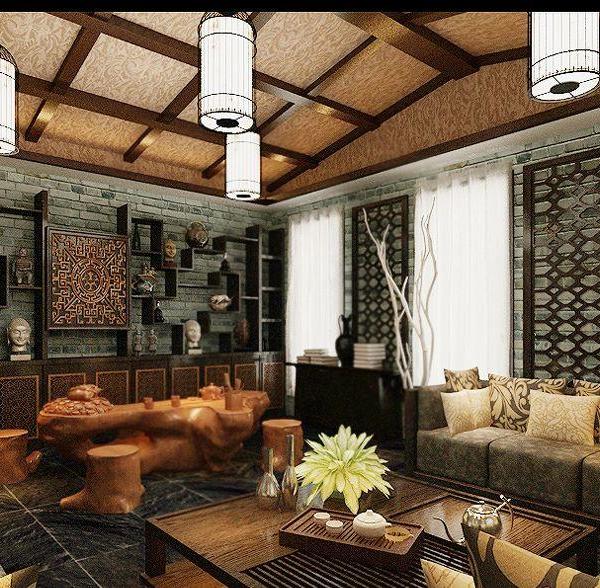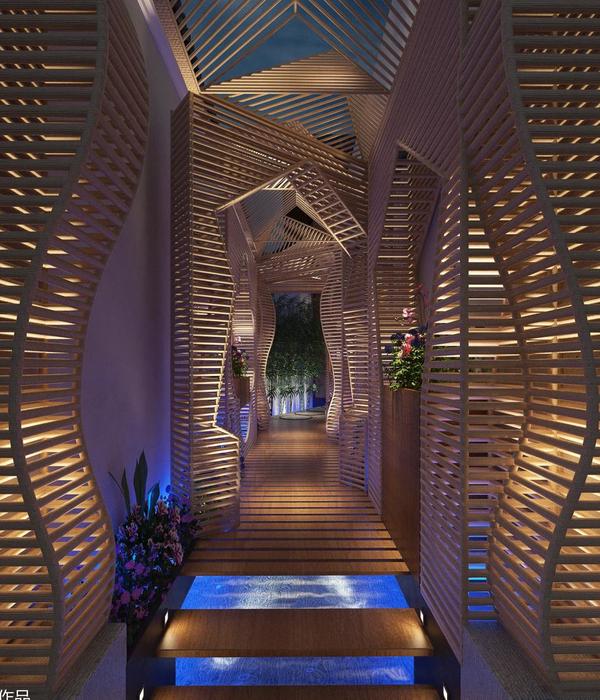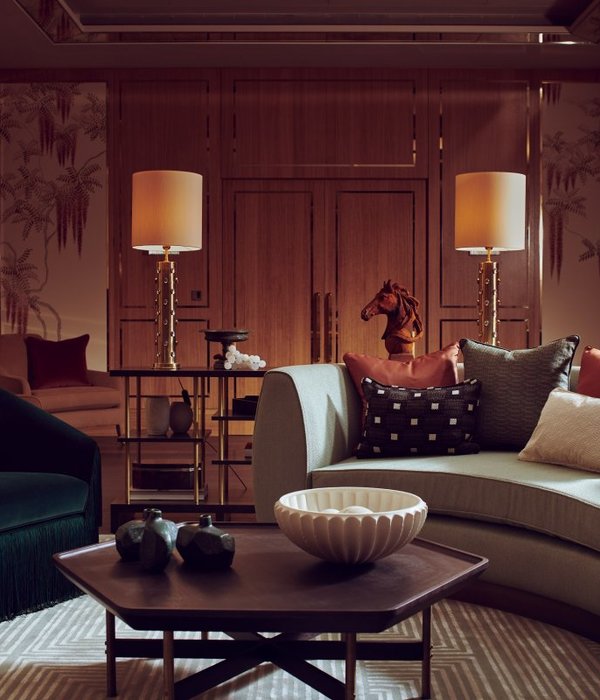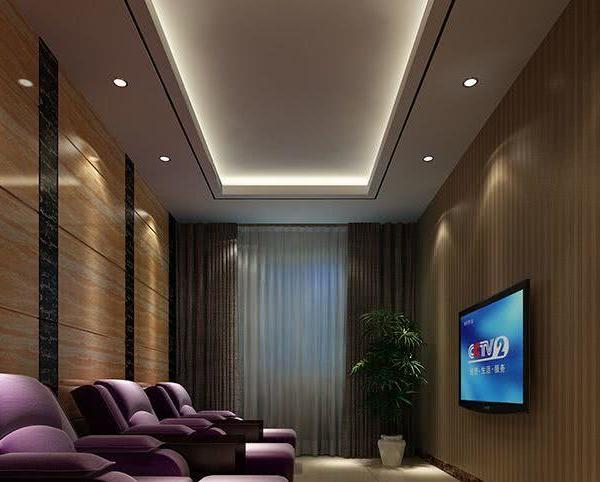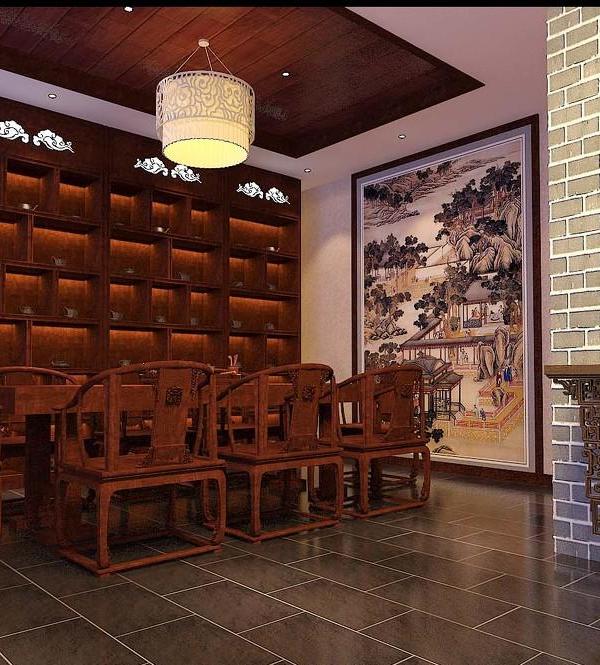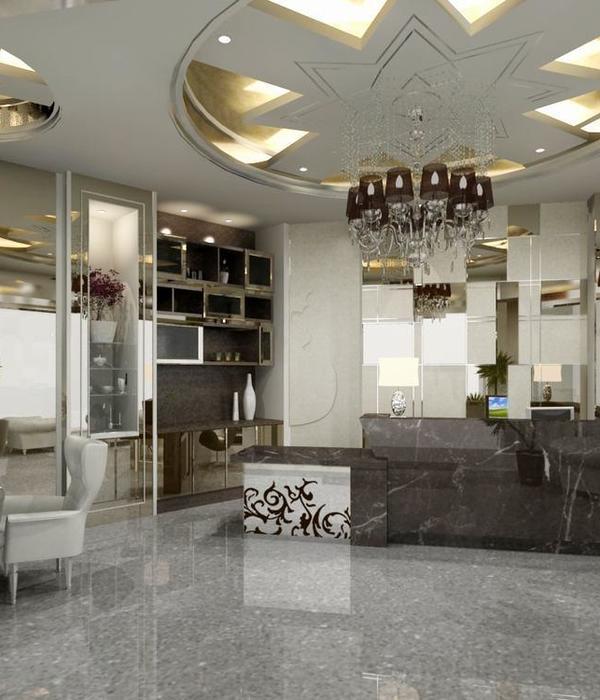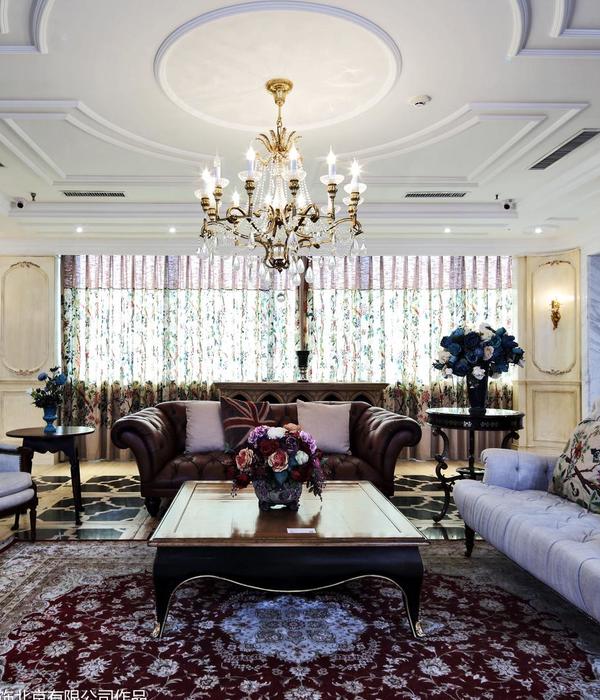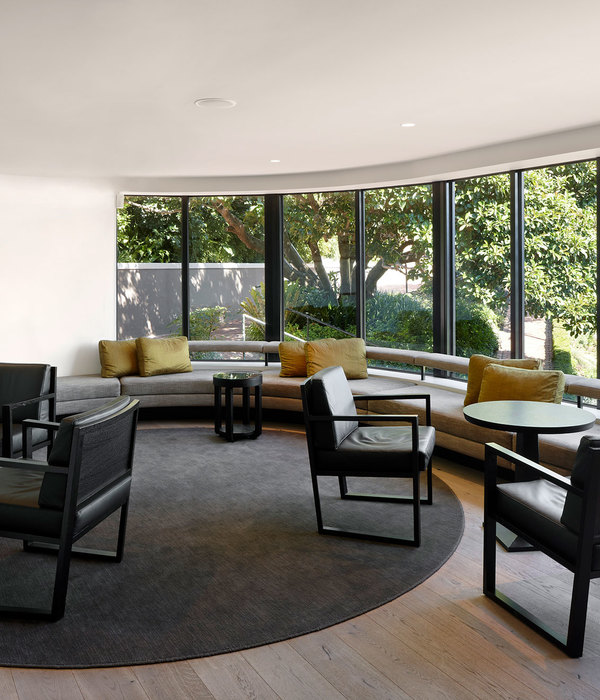▼outside at night
▼(left)entrance at night(mid)window at night(right)detail of the window
▼(left)window full shop(right)window
When the client approached us with an offer to design this interior I asked myself a question whether I could at all accept such a task. Should we linger upon it though I do not understand the atmosphere of cool restaurants at all?
Disliking their shallow visuality, not understanding the purpose why they are furnished with objects from among the most up-to-date design series used as a means to become authentic – this is no singularity at all! I communicated these doubts including (in my opinion) poor examples in this sense to the client at our every first meeting. We browsed through photographs of bars and small wine shops in France he brought me. As a source of inspiration, he said (though on the contrary to the thesis on modern restaurant). All of them spontaneously furnished rooms with the atmosphere given by the place and all those years their owners have been running them. I objected that only life could do this. Of course – la vie en France, life in France. And that this cannot be designed because it would be like artificial flavouring of wine – and would you drink artificially flavoured wines? I do not know now who of us used the term first, but it became the starting point of all our further reasoning – we agreed not to artificially flavour even the interior. It would contravene the character of natural wines they should sell in the wine shop.
You have to find your way to these wines, only then you may fully enjoy them. And the same way we think about the interior of this way oriented restaurant – we put most of our effort to make our work invisible at first sight. Our interior should be a background allowing enjoy good wine and meal here and now. It is determined by materials related to viticulture processed by master craftsmen – oak wood for the floor and bar counter, and rebars (used in vineyards as poles supporting vine) for bottle shelves. The shelves disappear from view with the growing number of stores bottles and they transform in a wall of bottles.
Simple removal of disturbing modifications on the ground floor in the 19th century house showed the authentic quality of these areas. After the impersonally cool paints were removed from walls the house’s history appeared – remnants of original paints and plasters mingle with scars caused by building modifications. Touching them, seeing their graphic quality is a unique experience. A painting called ´A Vineyard´ by Martina Chloupa (http://chloupa.blog.cz) complements all this.
▼windows
设计师在于甲方沟通时想到:为什么“酷”餐厅才会让人们流连忘返呢?有些布置只是肤浅的手段化,即便是用到最新的东西,这仅仅是一种奇异罢了。那些法国的古老小酒馆自然而然就有一种气氛,这种气氛是无法调兑也无法被设计,因为这就是如同人工调味酒一样—-你会喝人工调味酒?
酒吧内部就应该充满“人”的味道,就像在自然中生产出的葡萄酒那样。要享受葡萄酒就要找到正确对待他们的方式。因此餐厅的内部设计得让人一见如故。室内就是一个享受美酒和美食的良好背景。让经验丰富的师傅做出橡木的吧台,采用钢筋作为货架存放葡萄酒。将室内原有的装修去除,露出这个19世纪房屋的沧桑,一副名叫《葡萄园》的画作恰到好处的挂在房屋中。
商店的橱窗非常注重于外界的联系,宛如酒瓶状的旋转窗户可以让窗户完全关闭或是开启。游客发现这里就像发现一个与现实城市断裂开来的酒窖。餐厅橱窗也成功的成为了这个餐厅的标示。
▼changing window
▼interior
▼bar and shop
▼interior
▼interior night
▼interior_at night
▼shop
▼(left)from the bar(right)wardrobe
▼bar and shop
▼shopping part
▼(left)toilet_men(right)toilet_woman
▼empty shop
▼empty detail
▼(left)empty_detail(right)detail full
▼ground plan
▼at night
▼section
Red Pif Restaurant and Wine Shop
Architects: Jakub Fišer, Petra Skalická – Aulík Fišer
architekti
Investor: K4wines s.r.o.
Address: U Dobřenských 1, Praha 1
Project and build: 2010
Photo: AI photography
MORE:
Aulík Fišer Architekti
,更多请至:
{{item.text_origin}}


